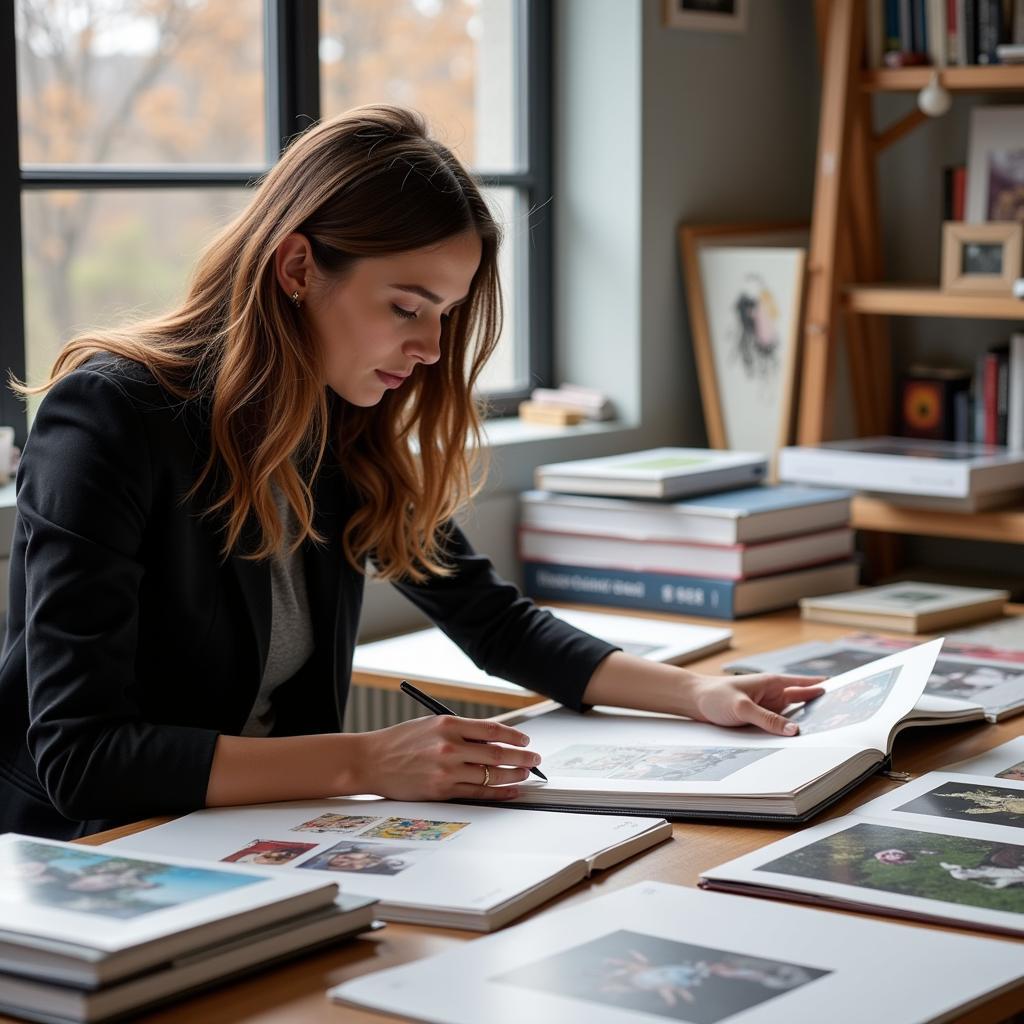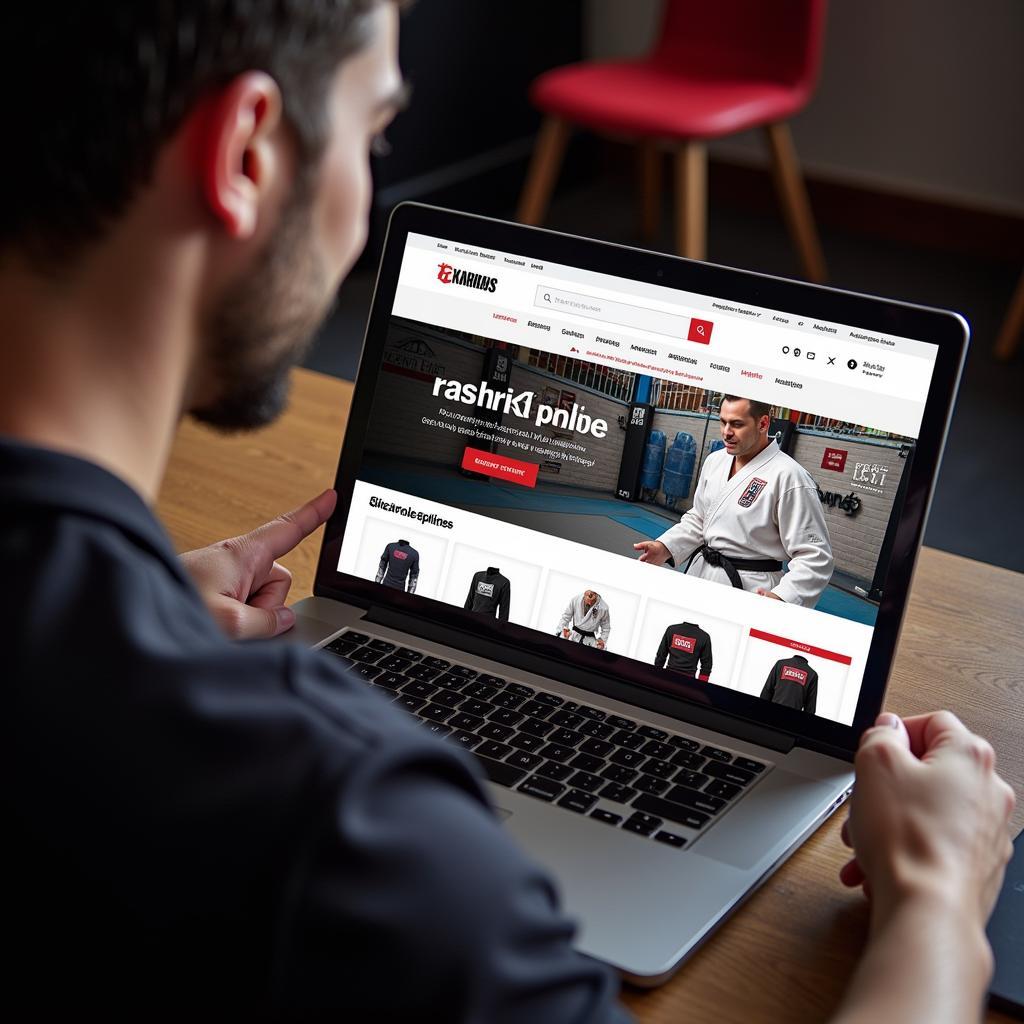Unveiling the World of the Art Scout
Art Scouting is a dynamic and fascinating field that bridges the gap between artistic talent and the commercial world. Whether you’re an aspiring artist, a seasoned creative, or simply curious about the art industry, understanding the role of an art scout can provide valuable insights into how art is discovered, promoted, and ultimately, how it thrives. Here, we’ll delve into the multifaceted world of the art scout, exploring their responsibilities, skills, and the impact they have on the art world. Check out our guide on art directing a photoshoot for related insights.
What Does an Art Scout Do?
Art scouts are the talent scouts of the art world. They are constantly on the lookout for promising artists, emerging trends, and unique artistic expressions. Their work involves a blend of research, networking, and a keen eye for aesthetics. They might attend gallery openings, art fairs, student exhibitions, and even browse online portfolios to discover hidden gems. Once they find an artist whose work resonates with them, they may connect them with galleries, collectors, or other industry professionals who can help propel their careers forward.
Art scouts often specialize in specific art forms, such as painting, sculpture, photography, or digital art. Their expertise allows them to identify high-quality work and understand its potential within the market. Beyond discovering talent, art scouts also play a crucial role in trend forecasting, advising clients on art acquisitions, and contributing to the overall development of the art market.
Essential Skills for an Art Scout
Becoming a successful art scout requires a unique combination of skills and qualities. First and foremost, a deep passion for art and a genuine curiosity about different artistic styles are essential. Strong analytical skills are also crucial for evaluating artwork and understanding market trends.
Effective communication and networking skills are vital for building relationships with artists, galleries, and other industry stakeholders. Art scouts must be able to articulate their artistic vision and effectively present the work of the artists they represent. Furthermore, a solid understanding of art history, art business practices, and copyright laws is essential for navigating the complexities of the art world. Have a look at our daisy art and design badge requirements pdf for foundational art knowledge.
 Art Scout Searching for New Talent
Art Scout Searching for New Talent
The Impact of Art Scouts on the Art World
Art scouts play a pivotal role in shaping the art world. They are instrumental in discovering and promoting emerging artists, often providing them with the initial exposure and connections they need to launch their careers. By identifying and championing new talent, art scouts contribute to the evolution of artistic styles and the overall diversity of the art market.
Their expertise also benefits art collectors and investors by providing valuable insights and guidance on acquiring art. They help clients build collections that are both aesthetically pleasing and financially sound. Art scouts also contribute to the cultural landscape by bringing art to a wider audience and fostering appreciation for different artistic expressions. Explore further on art director photoshoot.
How to Become an Art Scout?
There is no single path to becoming an art scout. Many art scouts begin their careers with a background in art history, art criticism, or art business. Others may have experience working in galleries, museums, or auction houses. Building a strong network within the art community is essential, as is developing a keen eye for talent and a deep understanding of the art market.
What is the future of art scouting?
The digital age has brought new opportunities and challenges for art scouts. Online platforms and social media have expanded the reach of art and made it easier for artists to showcase their work. Art scouts are now utilizing these digital tools to discover talent and connect with artists from around the globe. While the core principles of art scouting remain the same, the methods and tools are constantly evolving, reflecting the dynamic nature of the art world. Check out brownie outdoor art creator badge requirements pdf for more information.
 Art Scout at an Art Fair
Art Scout at an Art Fair
Conclusion
Art scouting is a vital part of the art world, connecting artists with opportunities and helping to shape the future of art. Whether you’re an artist looking for representation or an art enthusiast eager to learn more, understanding the role of the art scout provides valuable insight into the dynamics of the art industry.
FAQ
- What qualifications do you need to be an art scout? A formal degree isn’t always required, but a strong passion for art, excellent networking skills, and market knowledge are crucial.
- How do art scouts find new artists? They attend exhibitions, studio visits, online portfolios, and network within the art community.
- What is the salary of an art scout? It can vary greatly based on experience and the type of clients they work with.
- What are the challenges of being an art scout? The art market is competitive, and it requires constant research and networking to stay ahead.
- What is the most rewarding aspect of being an art scout? Discovering and promoting new talent and contributing to the growth of the art world.
- How does technology impact art scouting? Online platforms have expanded the reach of art scouts, allowing them to discover talent globally.
- What advice would you give to aspiring art scouts? Develop your eye for art, build a strong network, and stay curious about new trends.
For assistance, please contact Phone Number: 02462573573, Email: danteum@gmail.com Or visit us at: Savico Megamall, 7-9 Đ. Nguyễn Văn Linh, Gia Thụy, Long Biên, Hà Nội 10000, Việt Nam. We have a 24/7 customer service team.


